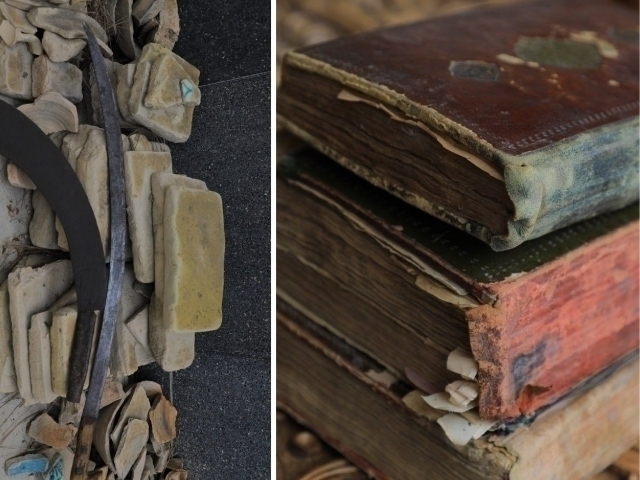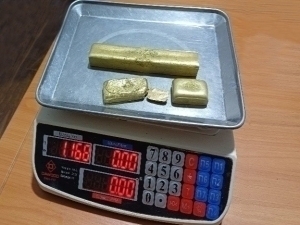Book by Farabi and a sword belonging to a soldier of Amir Temur were found In Namangan
Interesting
−
09 July 2024 28917 2 minutes
In the Namangan region, authorities reported finding a rare 11th-14th century sword, Bactrian and Chinese coins, and a valuable book authored by Abu Nasr Farabi.
This discovery has increased the number of valuable artifacts in the New Akhsi complex at the Ahsikent Archaeological Park to ten. The sword, estimated by experts to be from the 11th century, was recovered in battle-ready condition, crafted from resilient Axikent steel. Another weapon, dating to the 14th century, was used by special soldiers of Amir Temur. Additionally, Bactrian coins from 475-600 and a Chinese coin from the 19th century were found.
Historian Sherali Qoldoshev explains the hieroglyphs on the coins: "2 hieroglyphs on the right side of the coin: Kashi / Kashi kāshén - Kashkar. 2 hieroglyphs on the left side: san/san cān - and jar/jin jīn - gold. 1 hieroglyph at the top of the coin: Guang/Guang guāng- means light. 1 hieroglyph at the bottom: yuan/yuan yuán means round, i.e., circle." He adds that deciphering the hieroglyph in the center is challenging, yet it is believed to represent "shüy xù," similar to the name guāngxù, associated with Guangxu, who ruled China from 1875 to 1908. Also, three rare books authored by Abu Nasr Farabi, covering knowledge, philosophy, and history, were discovered.
It's worth noting that frescoes, Damascus swords, and rare coins from the Karakhanid period were found in the ruins of the ancient city of Akhsikent in Torakurgan district, Namangan region. Additionally, ancient books were discovered in a residence in Tashkent.
Live
All




